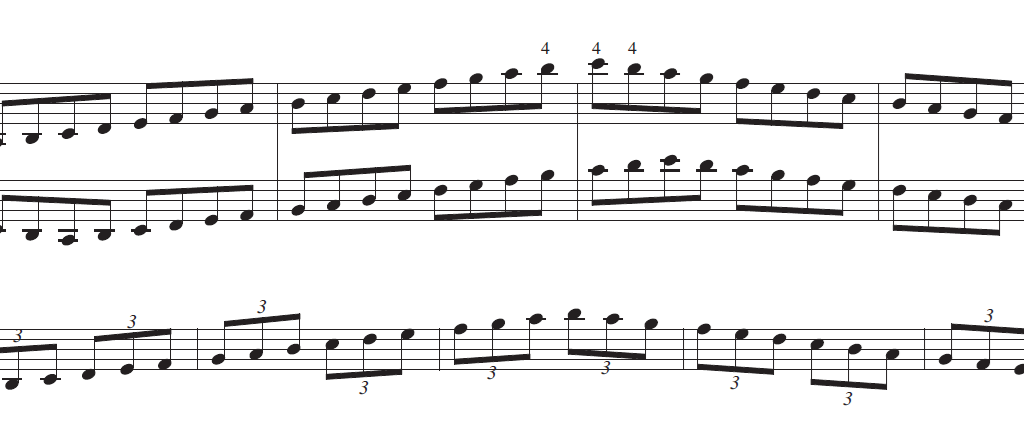

The library includes over 200 sounds, ranging from reeds and bowed instruments to wind instruments, and more. Orient Express is Kontakt’s unique library that will take you on a sonic journey from Europe to the Balkans, from the Middle East to the Far East and everywhere in between. You may also find useful.Middle East, from the Balkans to the Middle East with over 200 sounds included in the Orient Express Kontakt library. So being able to explore the spacial scales at which features occur is important. Bone nut width is 1.5', Two octave fingerboard radius is 12', weight is 8 lbs, 2 ounces. Neck is quartersawn maple and purple heart neck thru with mahogany body wings, flame maple top, Hipshot tuners, D tuner and Hipshot A style bridge. Remember, the purpose of SIFT is to find features which are as invariant as possible across different scales. Short scale (30.5') bass, jazz bass style custom made in Tucson, AZ.

This allows for a uniform method to explore the spacial scale of the information. An octave is the same note just played higher or lower. Because blurred images represent lower frequency information it is computationally more concise to downscale the image at each frequency band. An Octave Scale is simply a scale that is played to one octave. This book is a helpful supplement to the practice routine. It is here the multi-resolution pyramid comes into play. A basic scale study for the intermediate cellist, Two Octave Scales and Bowings by Susan Brown includes exercises in bowing patterns, as well as the two octave scale and arpeggio studies that can be expected from the straightforward title. An understanding of scales and how they function on guitar can help us gain a deeper understanding of music as a whole. By organizing our twelve-note octave into smaller groups of notes, we are able to not only create amazing-sounding melodies, but corresponding chords as well. SIFT achieves scale invariance by looking for extrema across different spatial bands. Scales are what give us the ability to create chords. This is precisely what is done in the SIFT algorithm - and is thought to approximate the human visual system to some degree. This is termed the difference of Gaussians (DOG).


An octave-repeating scale can be represented as a circular arrangement of pitch classes, ordered by increasing (or decreasing) pitch class. Most scales are octave -repeating, meaning their pattern of notes is the same in every octave (the BohlenPierce scale is one exception). This can be done by taking the difference of two Gaussian filters. Scales are typically listed from low to high pitch. The half step (where your fingers touch) occurs between notes B and C which means your two and three are going to touch. Octave one After open G, our next four notes are A B C D. We start the two octave G major scale in first position on the violin on the open G string as your first note. An interesting question is then if we can identify which spatial scale a given feature presents itself at. The G major scale has one sharp and that sharp is F sharp. It is important to note that when a distinctive feature appears at a given scale, it will persist in images that have been smoothed with a smaller kernel. Therefore by blurring the image with a Gaussian filter, each image represents a different spacial scale. However, when we are processing an image we do not know the spacial scale at which the important features for recognition will be present. The diatonic scale notes (above) and the non-scale chromatic notes (below) 1 The twelve notes of the octave all the black and white keys in one octave on the pianoform the chromatic scale. So, the spacial scale is important when attempting to recognise features in an image. As that person moves closer more specific details may become apparent and thus you may recognise them). To understand the scale space it is helpful to consider how you recognise images at different distances (e.g far away you may be able to distinguish the shape of a person. For example, the frequency one octave above 40 Hz is 80 Hz. I don't know if I completely understand your question, but I will have a go at clarifying the scale space, multi-resolution ocataves and why they are important for SIFT. Octave (electronics) In electronics, an octave (symbol: oct) is a logarithmic unit for ratios between frequencies, with one octave corresponding to a doubling of frequency.


 0 kommentar(er)
0 kommentar(er)
